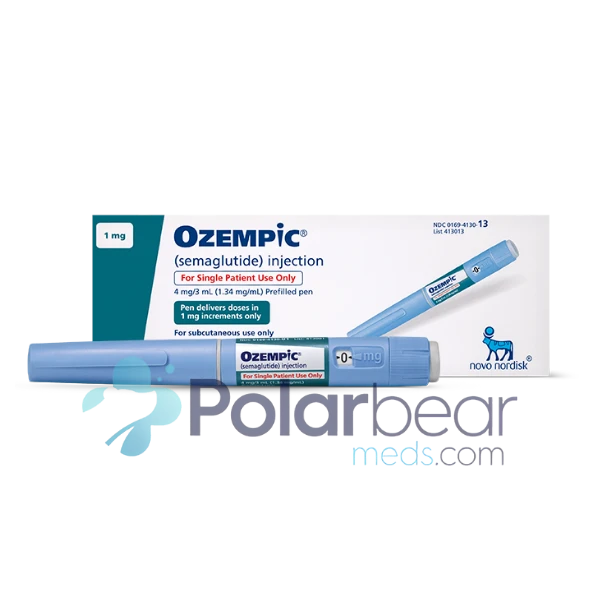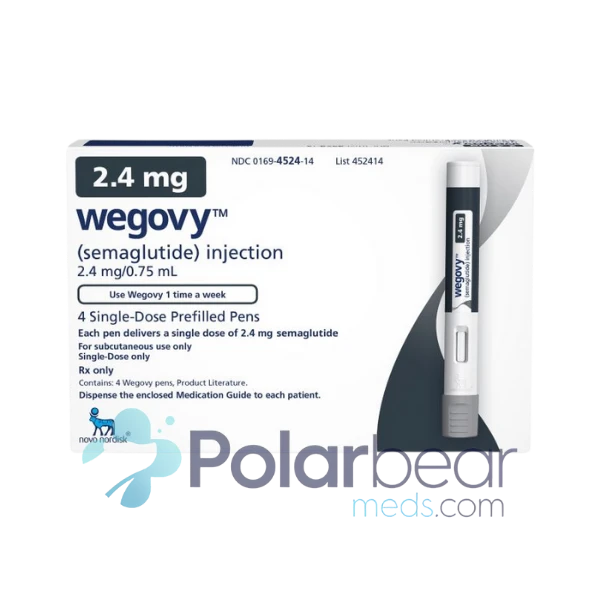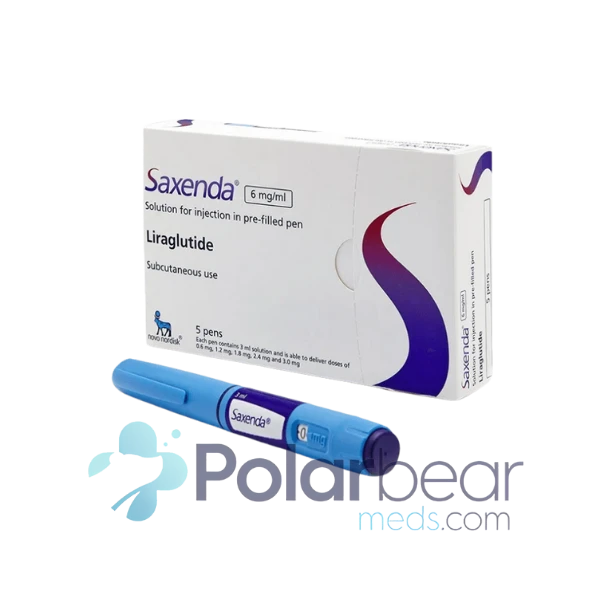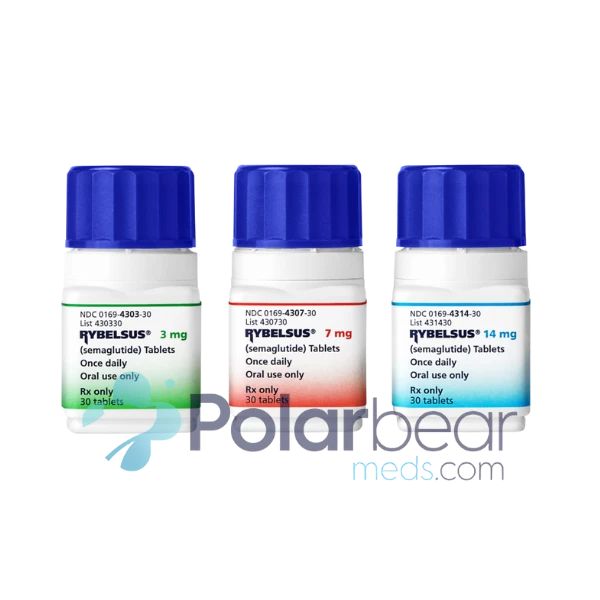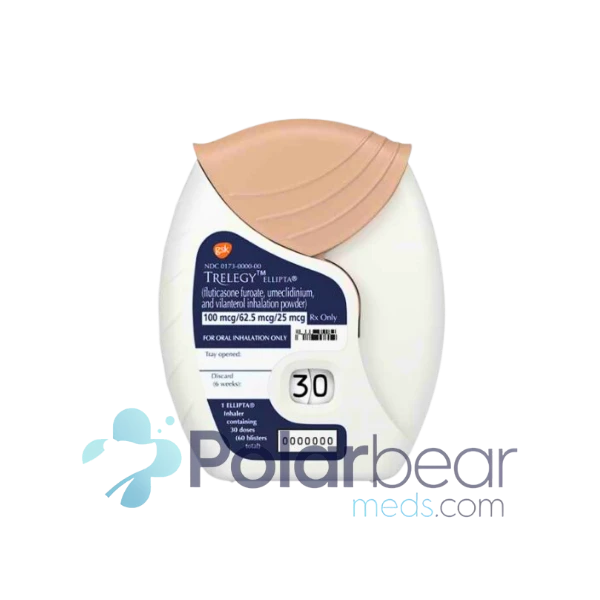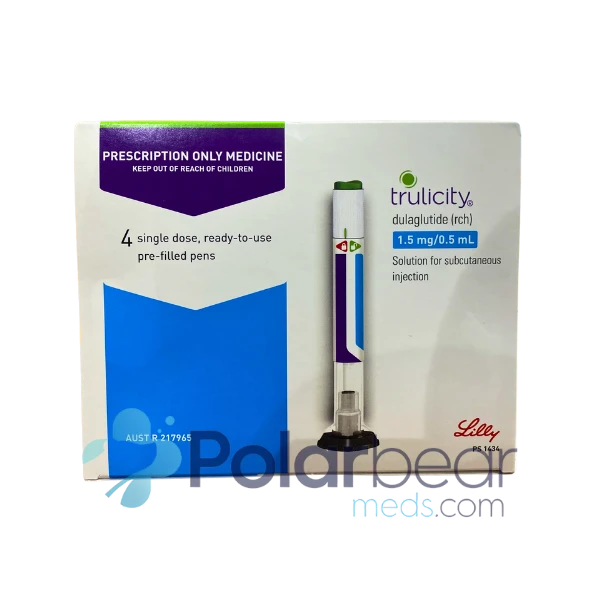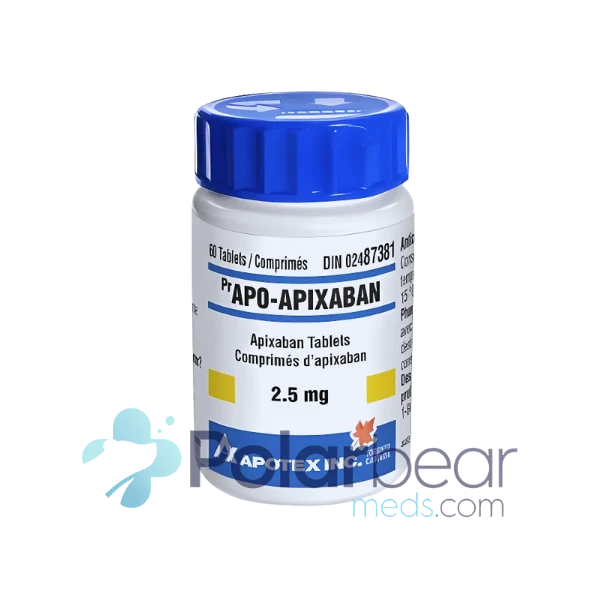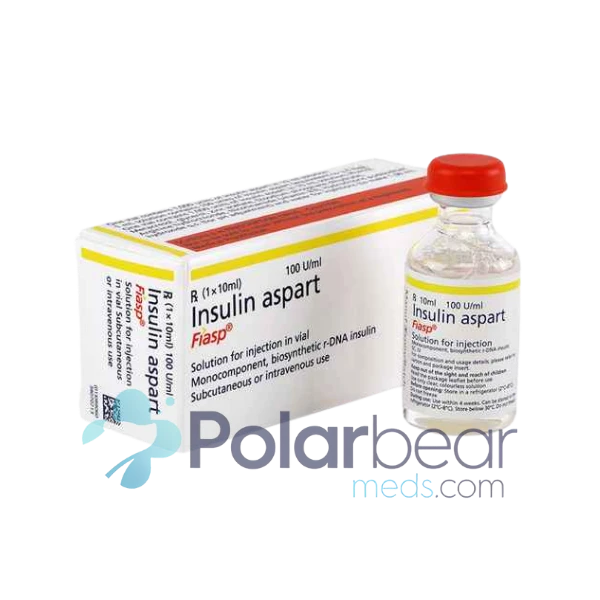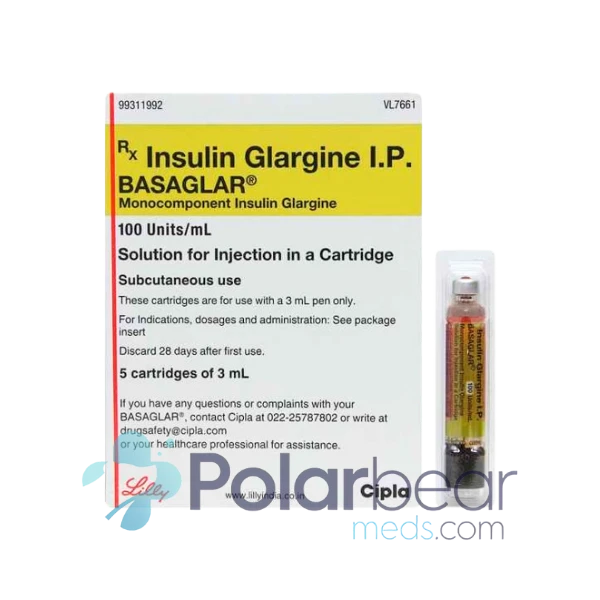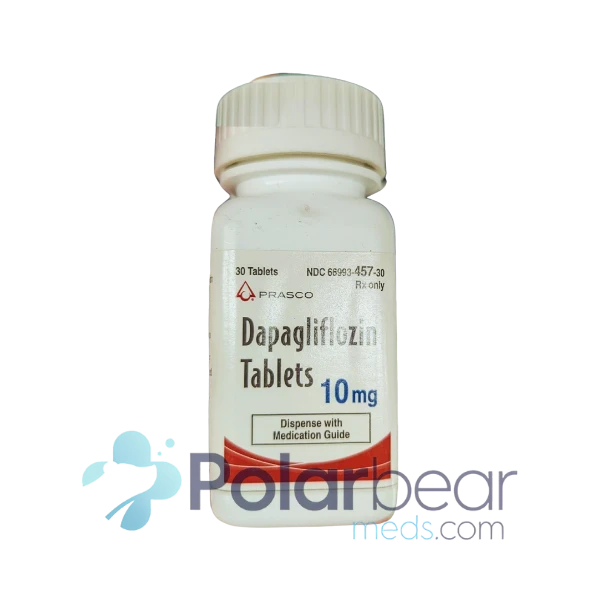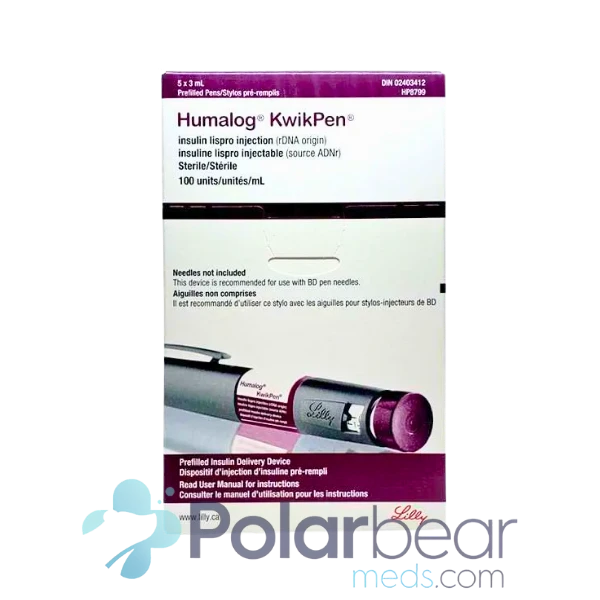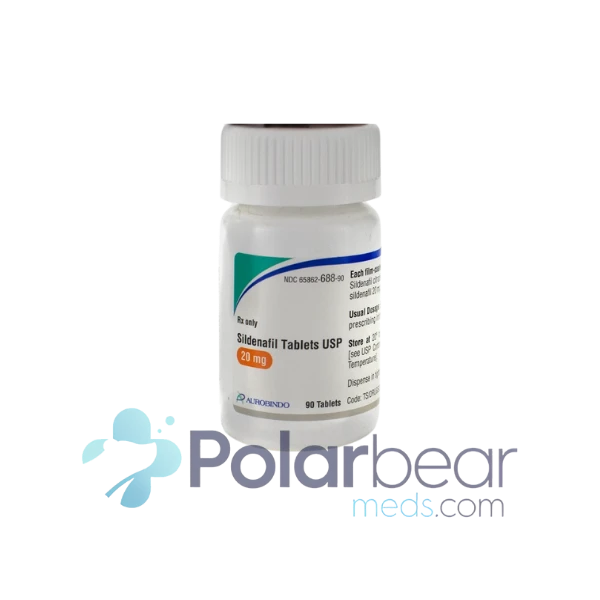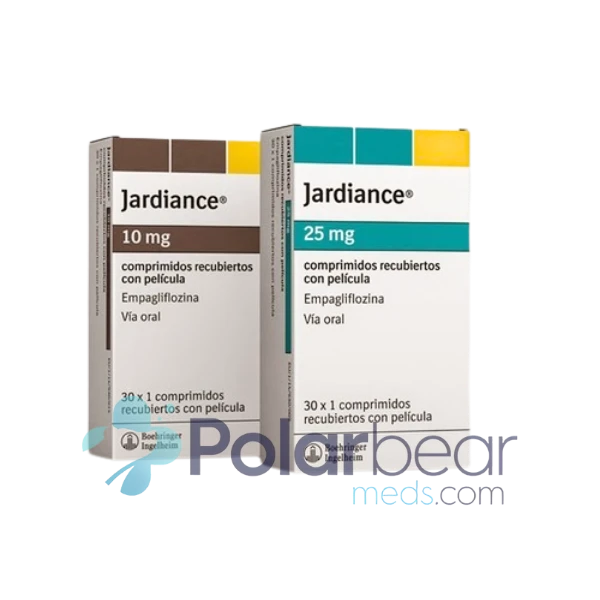
Can Mounjaro Cause Swollen Lymph Nodes?
HOME | DIABETES EDUCATION | CAN MOUNJARO CAUSE SWOLLEN LYMPH NODES?
While swollen lymph nodes aren’t listed among Mounjaro’s common side effects, some patients have reported lymph node enlargement during treatment. These symptoms typically appear within 48 hours of injection and resolve within a few days.
Medical evaluation becomes necessary if swelling persists beyond two weeks or accompanies fever, night sweats, or difficulty swallowing. Understanding the timing and characteristics of lymph node changes helps distinguish between normal reactions and potential complications that warrant attention.
Key Takeaways
- Swollen lymph nodes are not a commonly reported side effect of Mounjaro, but individual reactions can vary among patients.
- If lymph nodes swell after Mounjaro injection, it could indicate an allergic reaction requiring immediate medical attention.
- Swelling typically appears within 48 hours of injection and should resolve within 2-3 days if related to Mounjaro.
- Persistent swelling beyond two weeks or accompanied by fever, night sweats, or difficulty swallowing requires medical evaluation.
- Monitor injection sites, document reaction patterns, and communicate any concerning symptoms with your healthcare provider.
Could Mounjaro Be Behind Your Swollen Lymph Nodes? What to Ask Your Doctor
If patients notice swollen lymph nodes while taking Mounjaro, understanding the potential connection becomes crucial for proper medical care. While swollen lymph nodes aren’t listed among common side effects, they can signal an allergic reaction to the medication or indicate other serious concerns that require medical attention.
Patients should prepare specific questions for their healthcare providers about swollen lymph nodes, particularly their location and accompanying symptoms. Key inquiries should address whether the swelling might indicate an allergic response or potentially relate to thyroid concerns, which is particularly relevant given Mounjaro’s known risk profile.
It’s essential to discuss personal medical history, including any previous allergic reactions to medications and family history of thyroid conditions. Maintaining detailed documentation of the timing of the swelling’s beginning, its progression, and any concurrent symptoms will help healthcare providers reach informed conclusions about continuing or modifying treatment.
Where and When You Might Notice Tender Lymph Node Swelling on Mounjaro
While taking Mounjaro, patients may experience tender lymph node swelling in various locations throughout their body, with particular attention warranted to the neck and throat regions. This swelling can manifest in localized pain or tenderness, potentially indicating inflammation or other systemic responses to the medication.
The timing of lymph node swelling varies among individuals. Some patients notice symptoms early in their treatment, while others develop swelling over time. These manifestations may be intermittent, with periods of both improvement and exacerbation. The severity can fluctuate, ranging from mild tenderness to more pronounced swelling requiring medical evaluation.
Healthcare providers emphasize the importance of monitoring any neck or throat symptoms, particularly given the medication’s potential association with thyroid concerns. Patients should track the location, duration, and intensity of swollen lymph nodes, reporting persistent or severe symptoms promptly to their healthcare team for proper assessment and management.
Is It Mounjaro or Something Else? Exploring Possible Causes of Lymph Node Enlargement
Although lymph node swelling during Mounjaro treatment can raise concerns, determining its root cause requires careful consideration of multiple factors. Several conditions beyond medication effects can trigger lymph node enlargement, making it essential to evaluate all possible causes systematically.
Medical professionals typically consider these key factors when investigating swollen lymph nodes:
Timing and patterns – Node swelling that correlates with Mounjaro dosing may suggest a medication connection, while sudden onset with fever points toward infection
Physical characteristics – Tender, mobile nodes often indicate infection, while hard, fixed nodes warrant further investigation for potential malignancy
Associated symptoms – The presence of concurrent issues such as thyroid changes, hives, or injection site reactions helps differentiate between Mounjaro-related effects and other medical conditions
Understanding these distinctions enables healthcare providers to develop appropriate diagnostic and treatment strategies, ensuring the best care for patients experiencing lymph node enlargement while using Mounjaro.
How Long Do Swollen Lymph Nodes Last After a Mounjaro Dose—and When to Worry
Understanding the typical duration of lymph node swelling after Mounjaro injections can help patients distinguish between normal reactions and concerning symptoms. Most users experience swelling within 24-48 hours after their initial dose, with symptoms typically resolving within 2-3 days without intervention.
While temporary swelling is expected, certain warning signs warrant immediate medical attention. These include continuously enlarging nodes, hardened consistency, systemic symptoms such as persistent fever or night sweats, and difficulty breathing or swallowing. Patients should contact their healthcare provider if swelling persists beyond two weeks or worsens suddenly.
Those with autoimmune conditions, allergy histories, or compromised immune systems may require closer monitoring. Most cases resolve independently with basic care such as hydration and rest, though some patients might need NSAIDs or warm compresses for comfort. Importantly, many users report diminished swelling with subsequent doses, suggesting potential adaptation to the medication.
Practical Tips to Treat and Manage Painful or Inflamed Lymph Nodes During Mounjaro Therapy
Managing painful or inflamed lymph nodes during Mounjaro therapy requires a thorough approach combining immediate relief measures with long-term management strategies. Patients can take control of their comfort and recovery through targeted interventions while maintaining open communication with healthcare providers.
Apply warm compresses to affected areas and use over-the-counter pain relievers such as ibuprofen or acetaminophen to reduce discomfort, while staying well-hydrated to counteract potential dehydration from gastrointestinal side effects.
Rotate injection sites weekly between approved areas (abdomen, thigh, upper arm) and maintain meticulous documentation of injection locations, reactions, and symptom patterns to identify trends.
Monitor for warning signs such as fever, severe pain, or persistent swelling, while implementing supportive care measures including adequate rest, proper nutrition, and stress reduction techniques.
For ideal management, patients should maintain regular communication with their healthcare team and promptly report any concerning developments or persistent symptoms.
Recognizing Serious Signs: Fever, Fatigue, or Persistent Swelling That Needs Medical Attention
At the moment patients undergoing Mounjaro therapy experience concerning symptoms, distinguishing between common side effects and serious complications becomes essential for their safety and well-being. While mild lymph node swelling may occur, certain signs warrant immediate medical attention.
Patients should seek urgent care if they develop fever accompanied by localized pain, since this combination suggests potential infection or inflammation. Fatigue coupled with unexplained weight loss requires thorough evaluation, particularly whenever these symptoms persist beyond two weeks. Bilateral lymphadenopathy exceeds the expected scope of medication-related effects and demands professional assessment.
Additional red flags include difficulty breathing, facial swelling, or persistent throat discomfort. These symptoms, especially whenever combined with hoarseness or trouble swallowing, could indicate serious conditions requiring swift intervention. Night sweats, though uncommonly reported with Mounjaro, should prompt medical consultation whenever occurring alongside lymph node enlargement.
Frequently Asked Questions
Can Mounjaro Affect Lymph Nodes Differently in Men Versus Women?
No documented gender differences exist in Mounjaro’s effects on lymph nodes based on clinical trials and post-marketing data.
Do Other GLP-1 Medications Cause Similar Lymph Node Reactions?
GLP-1 medications have not shown consistent evidence of lymph node reactions. Lymph node swelling is not a documented common side effect of these drugs.
Should I Take Antihistamines Before Mounjaro to Prevent Lymph Node Swelling?
No. Antihistamines are not indicated for Mounjaro-related lymph node swelling, as this is not a typical side effect.
Can Lymph Node Swelling From Mounjaro Indicate a Stronger Therapeutic Response?
No evidence links lymph node swelling to tirzepatide effectiveness. Swelling requires medical evaluation.
Are Certain Injection Sites More Likely to Trigger Lymph Node Reactions?
No correlation exists between Mounjaro injection sites and lymph node reactions. Rotate between abdomen, thigh, and upper arm sites.
References
Choose your platform, share this story!
Facebook Twitter LinkedIn Pinterest
